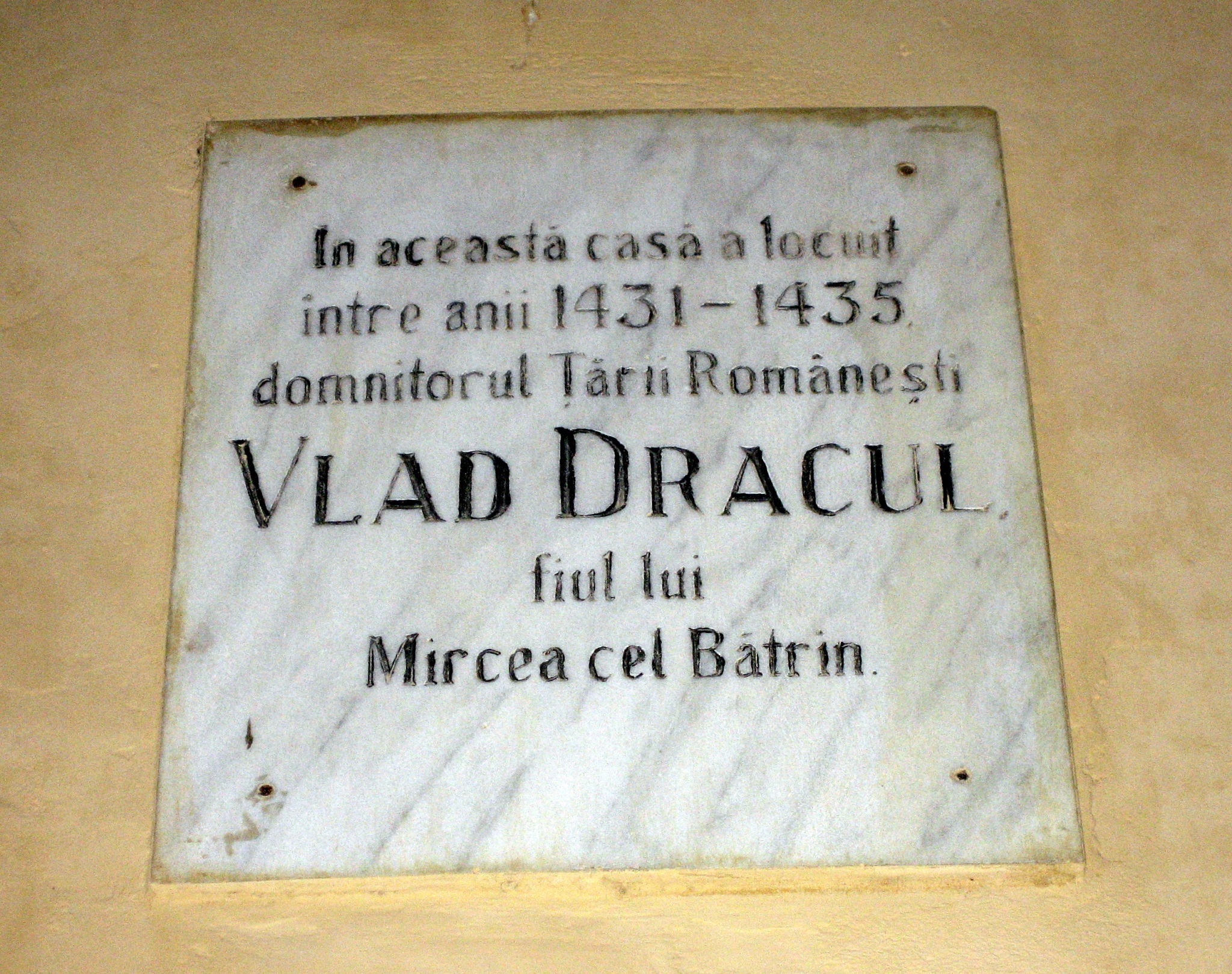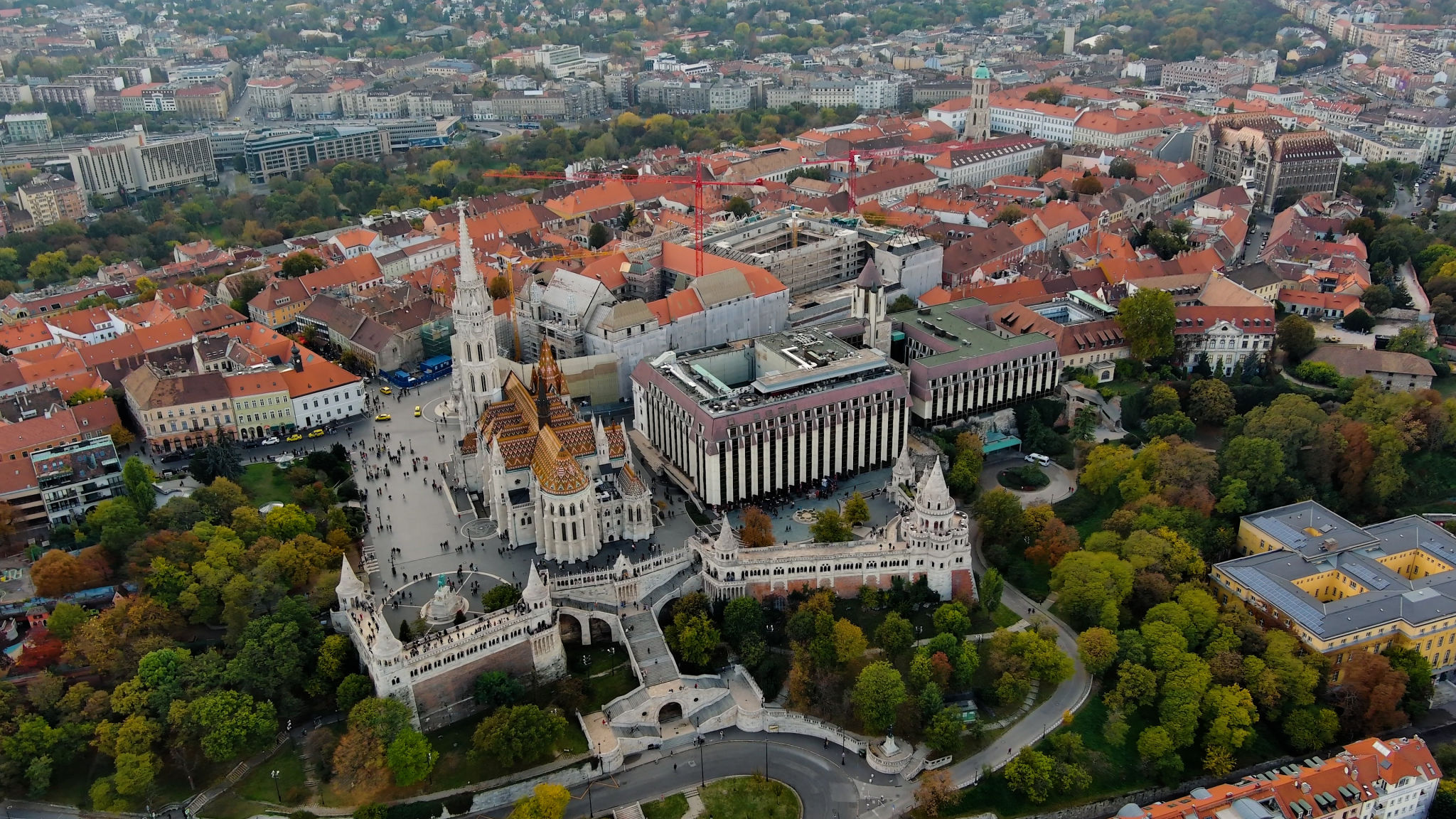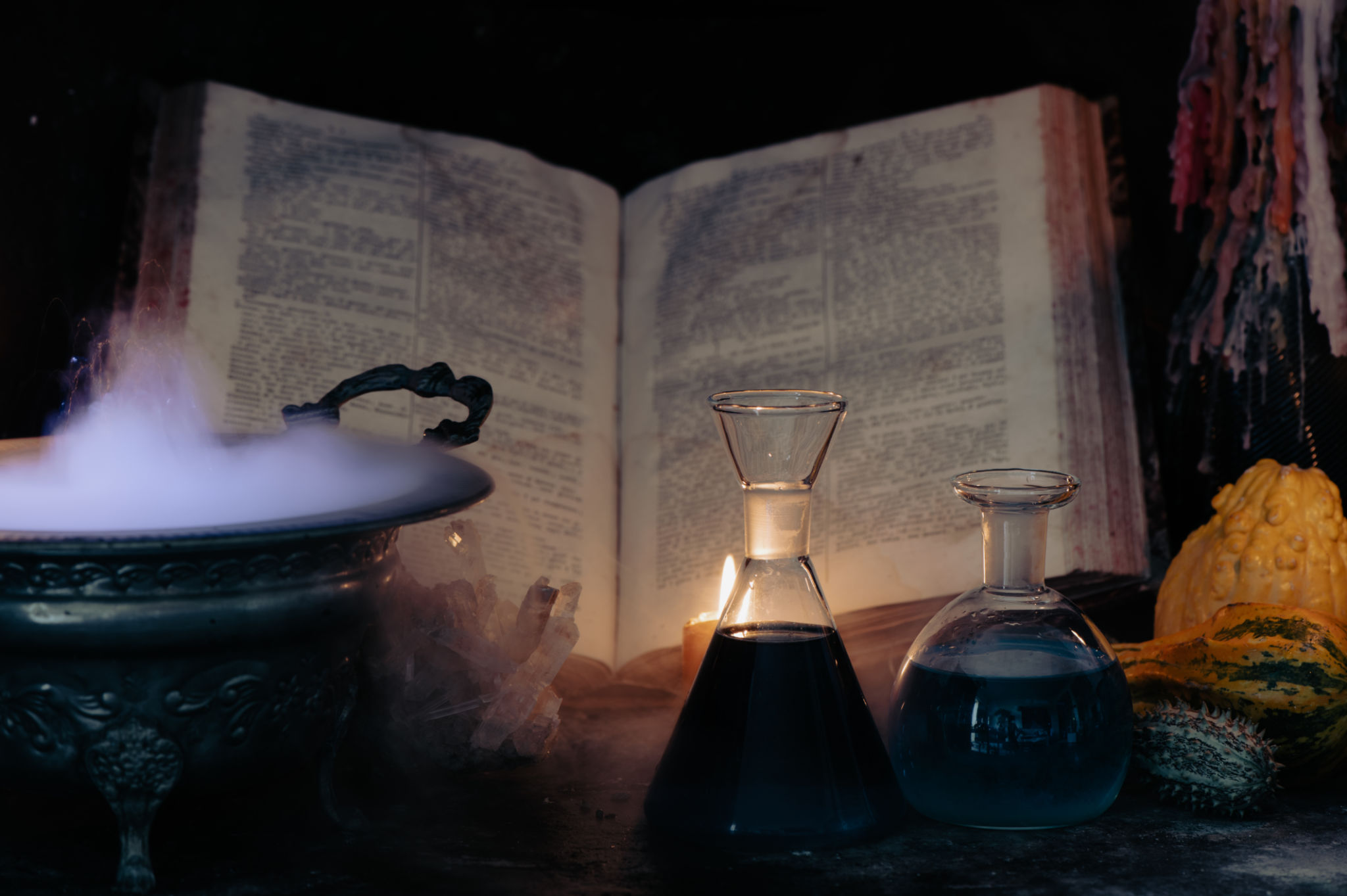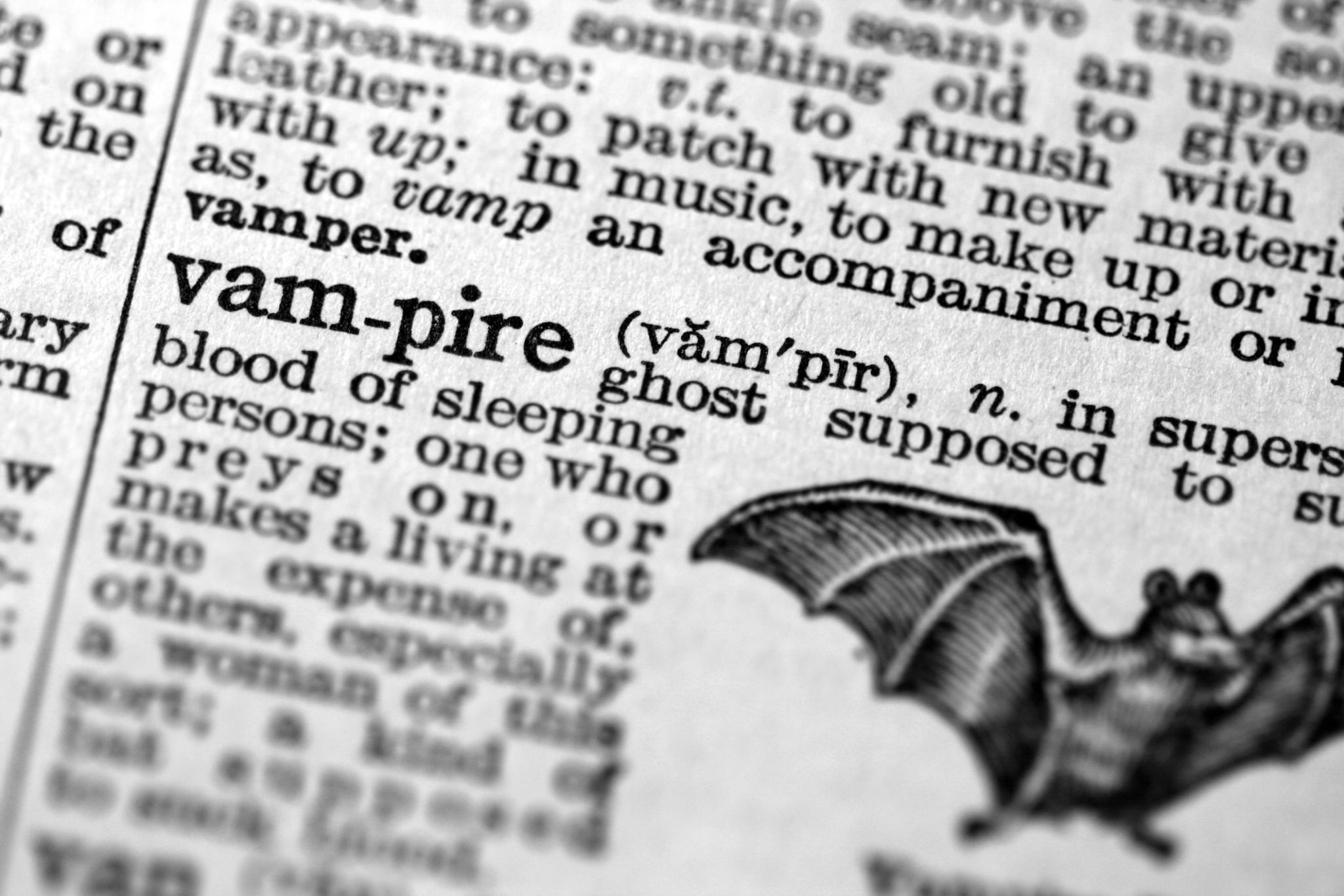The Labyrinth of Buda Castle: The Search For Dracula's Inspiration
TS
Tucked away beneath the grand Buda Castle in Budapest is one of the city's most mysterious and captivating sites: the Labyrinth of Buda Castle, a series of winding tunnels and chambers steeped in history and legend. The ShadowScript team have wanted to visit this location for quite some time and recently, we did so. This subterranean world offers more than just a glimpse into medieval times—it holds a darker connection to one of history's most infamous figures, Vlad the Impaler, better known as the inspiration for Irishman, Bram Stoker's Dracula. What a book!

This labyrinth has seen many purposes throughout the centuries, from wine cellars and storage rooms to a wartime bunker. Yet, it is most famously known for its connection to Vlad III of Wallachia, the ruthless 15th-century ruler whose grisly reputation earned him the nickname "Vlad the Impaler." But why Vlad, and why in Budapest of all places? Well, it’s commonly thought that during the 15th century, Captured by the Hungarian king Matthias Corvinus, Vlad was reportedly held in these dark, damp chambers—a fitting prison for a man whose legend is shrouded in blood and horror.

Legend even has it that Vlad drank wine from goblets made of human skulls, reveling in his macabre tastes while imprisoned. This imagery, steeped in blood and wine, conjures a foreboding sense of dread, fitting for the man who would later inspire the most iconic vampire in literature. Bram Stoker’s 1897 novel Dracula may not have been the first work of gothic fiction, but it became the most enduring and influential. Drawing inspiration from historical accounts of Vlad the Impaler, Stoker reimagined the brutal ruler as Count Dracula, a vampire lord who feeds on the blood of the living and embodies the darkest fears of the Victorian era.
The Labyrinth beneath Buda Castle, with its murky history of Vlad’s imprisonment, evokes the same atmosphere of dread and mystery that made Stoker’s novel so captivating. Dracula’s castle, looming over the Carpathian Mountains in Transylvania, feels like a shadowy echo of the cold, oppressive tunnels that once held Vlad in chains.
Gothic literature, especially the vampire tradition, owes much to Stoker's vision. Though authors like Mary Shelley and Edgar Allan Poe had already delved into the realms of the macabre and supernatural, Dracula took gothic horror to new heights. Stoker’s novel popularised the vampire mythos, turning it into a powerful symbol of forbidden desires, immortality, and the uncanny.

Since Dracula’s publication, vampires have remained a cornerstone of gothic literature and culture. Stoker’s portrayal of Count Dracula as an aristocratic yet predatory figure laid the groundwork for countless vampire tales to follow. From Anne Rice’s The Vampire Chronicles to the Twilight saga, vampires have become a cultural phenomenon, symbolising everything from eroticism to existential dread. While Dracula was based on Vlad the Impaler, the gothic tradition transformed him into something far more: a figure of eternal power, fear, and fascination. The fact that Vlad spent time in the labyrinths beneath Budapest adds an eerie historical dimension to the myth. The wine that flowed in those underground passages now feels like a metaphor for the bloodlust that defines the vampire legend.
So, on a Wednesday morning in mid September 2024, we wandered through the cold, dimly lit corridors, imagining the dark presence of a man who inspired one of the greatest horror tales ever, copy of the book in hand.

The labyrinth of Buda Castle is more than just a historical curiosity; it is a place where history and legend intertwine. Vlad the Impaler’s imprisonment here adds a chilling real-world connection to Bram Stoker’s creation, and the site offers a visceral link to one of the most enduring figures in gothic literature.
Dracula has left an indelible mark on our collective imagination, influencing countless stories in literature, film, and popular culture. #literature #dracula #vladtheimpaler #bramstoker